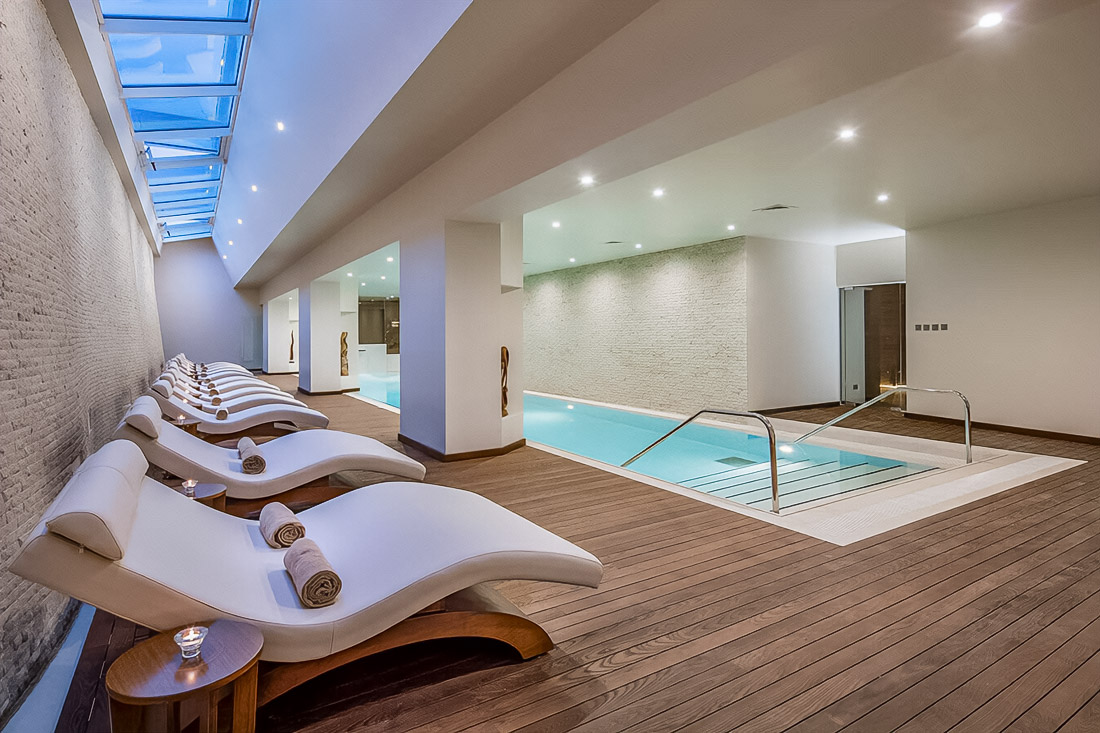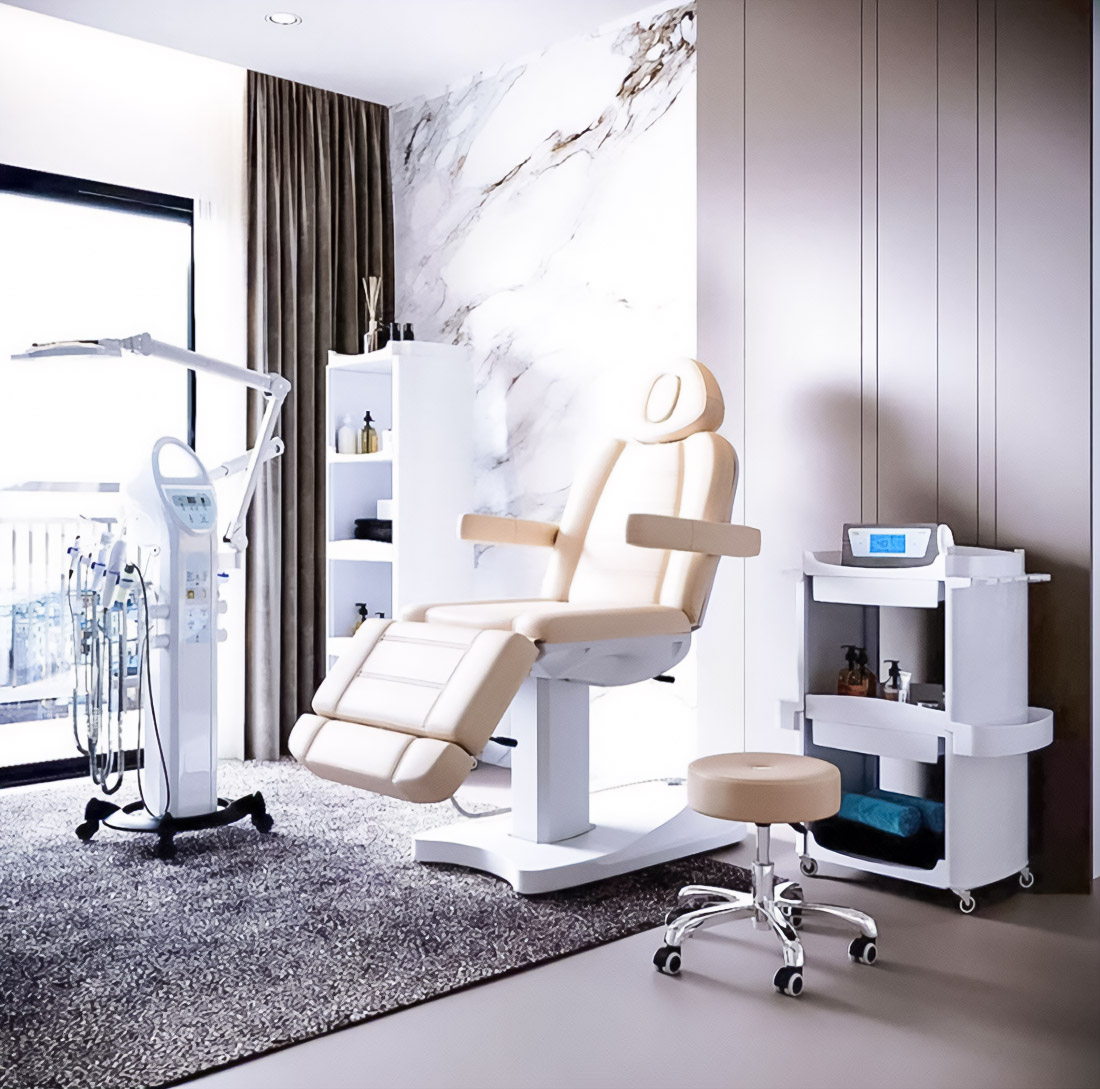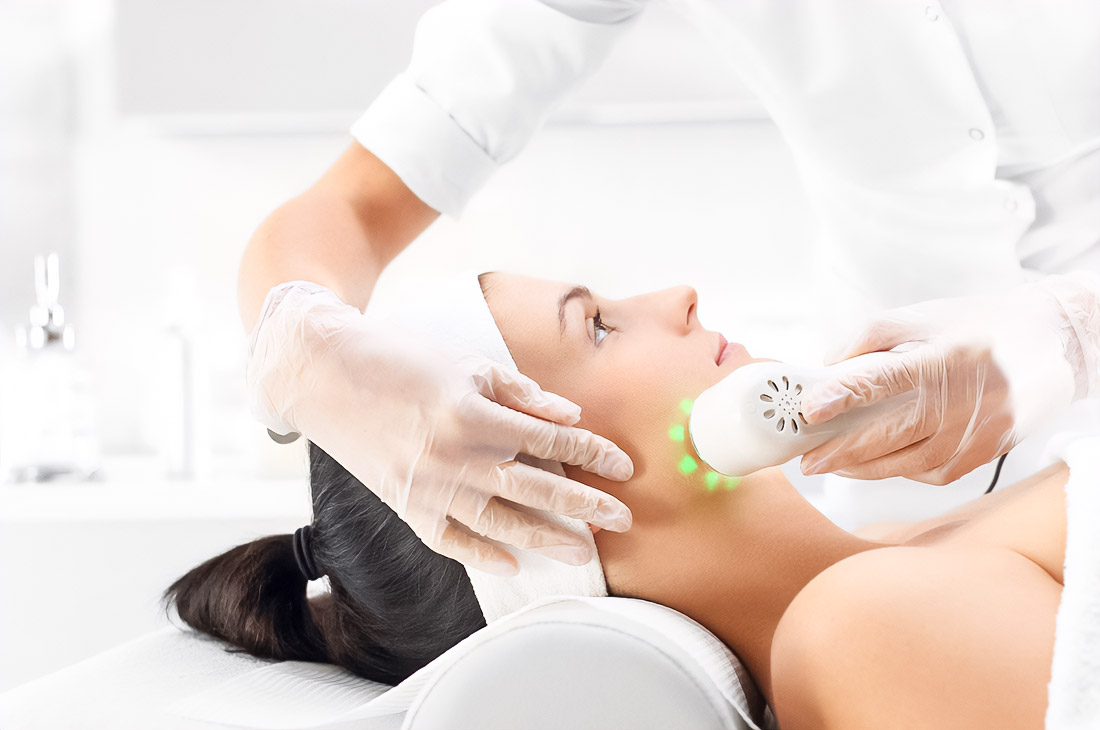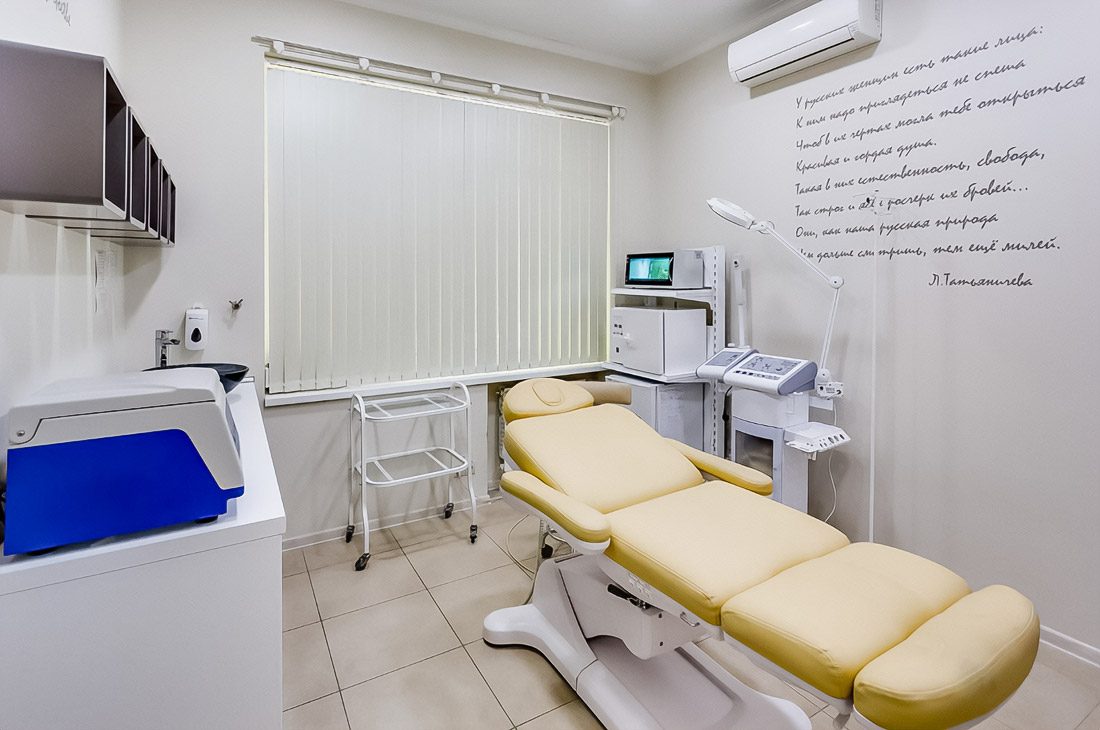Polycaprolactone (PCL) — this amazing synthetic polyester is rapidly gaining popularity in the world of medical cosmetology. The unique properties of this material attract the attention of specialists, and PCL is considered an important component of long-term injection solutions. Starting in 2020 year, the market for minimally invasive cosmetic procedures grew by 10-15% per year, and polycaprolactone became one of the main driving forces of this increase. In this article, we reveal all features of PCL, analyze its characteristics, advantages, and disadvantages, process of biodegradation, and results of clinical studies, and examine its application in practice. Learn more about medical aesthetic technologies, which use this innovative material.
Secret Formula: Chemistry and Physics of PCL
Polycaprolactone is a biocompatible and biodegradable polyester produced by the polymerization of ε-caprolactone. This technique allows the creation of linear chains with unique physical properties. PCL demonstrates high flexibility and resistance to hydrolysis. This material possesses a low melting temperature (around 60°C), which makes it ideal for the production of complex shape products, such as microspheres for injection fillers.
The Production process involves the use of catalysts, including strontium and aluminum, which control molecular weight and influence the characteristics of the final product. As a result, the material acquires amazing adaptability, which makes it versatile in various medical applications.
Advantages and Secrets: Durability and Disadvantages of PCL

Materials used in injection fillers are often compared with polycaprolactone. Unlike hyaluronic acid (HA), which dissolves in 6-9 months, PCL retains its effect for about two years. This effect was confirmed in a study where 85% of users felt improvement for up to 24 months.
PCL promotes stimulation of neocollagenesis, which leads to a more natural improvement of skin coverage. However, existing disadvantages of PCL include possible inflammatory reactions and less predictability of volumetric parameters compared to HA, which requires carefulness when choosing this material.
Process of Biodegradation and High Safety

Polycaprolactone is unique due to its ability to biodegrade, which makes it a safe and popular choice in medicine. In this process, PCL breaks down into caprolactone, which is then metabolized into carbon dioxide and water. This can take from 12 to 24 months, depending on concentration and configuration of preparation, providing long-lasting results. Learn more about biodegradation.
Studies confirm the high level of safety of PCL. A minimal level of inflammatory reactions was found in less than 5% of study participants. These indicators demonstrate its superiority in comparison with other biomaterials.
Effectiveness by Proven Plans: Clinical Studies

A Recent study with the participation of 100 patients showed that 18 months after injection of PCL-filler, 92% of participants noted significant improvement in skin texture. Other scientific articles reported about the ability of PCL to stimulate collagen production, positively affecting the natural rejuvenation of the skin.
Clinical trials conducted in the 2022 year, showed that side effects were observed in less than 3% of patients, which makes PCL fillers one of the safest products on the market. Learn more about clinical trials.
Innovations in Medical Application

PCL-fillers offer long-term improvements in appearance, especially in cases requiring volumetric skin restoration or wrinkle correction. Examples of successful cases show more than 75% satisfied patients, receiving prolonged aesthetic results.
Before application of PCL-filler, it is necessary to conduct a detailed examination. Modern technologies, such as ultrasound control, increase the safety of the procedure, minimizing potential risks and complications and affecting the final result. Learn about ultrasound control.
Polycaprolactone already showed itself as an innovative material in the segment of injection fillers, changing approaches to cosmetic procedures. Its prospects, supported by unique properties and clinically proven safety, allow us to talk about a new stage in cosmetology, creating confidence in its use for future generations.

Surfer, hustler, hiphop head, reclaimed wood collector and recent OCAD grad. Acting at the intersection of design and programing to give life to your brand. Check me out on Dribbble or Medium.
